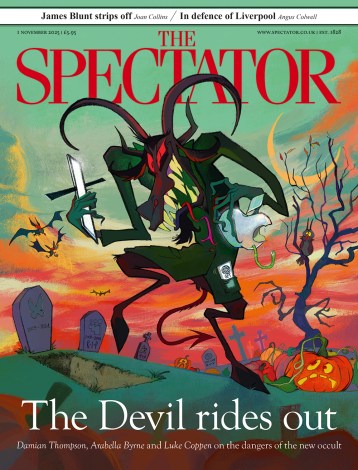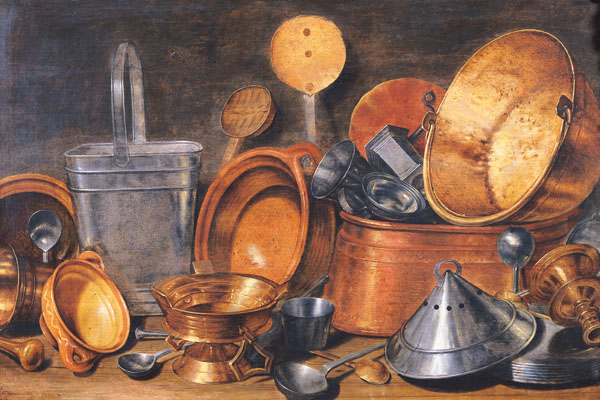Pretentious, effeminate, sinister and even obscene, the fork of folktale was a sign of loose morals, silly decadence or sexual deviancy. To insist on eating with a fork was a very bad sign until the 17th century. Italians were the first to relax their stance on ‘furcifers’ (fork bearers, like the devil) when they recognised that three prongs were better than one for twirling spaghetti; but even up until the end of the 19th century British sailors were still demonstrating their manliness by eating without forks. Consider the Fork is a delightful compendium of the tools, techniques and cultures of cooking and eating. Be it a tong or a chopstick, a runcible spoon or a cleaver, Bee Wilson approaches it with loving curiosity and thoroughness.
If you thought kitchen utensils a rather narrow field, think again. This book spans history, from fire and the first cooking pots through Teflon and gas ovens to the dizzying gadgets of the modernist chefs’ kitchens. With pithy bits of science, anthropology, history and literature, Wilson gives a sense of what life in the kitchen was like for a medieval spit-turner, a Victorian pastry chef, a Fifties housewife and a caveman. Undaunted by the task of writing about the whole of history, she goes global, taking in Chinese, Japanese and Indian cuisines along the way.
The range of her sources is a delight; she gets very interested in the work of the anthropologist Professor Charles Loring Brace, a man who ‘possibly held more ancient human jaws in his hand than anyone else in the 20th century’. He argued that the human overbite is a result of table manners rather than evolution; before the knife and fork, humans had edge-to-edge bites, like apes.
Wilson explains the physics of why food sticks to pans and why chips are delicious (something called the Maillard reaction). In the memoirs of an obscure Scotsman she finds evidence that five-year-olds were acting as turnspits in the 18th century, even though, by then, it was possible to rig up a pulley system and use dogs or geese to turn the meat in front of the fire. When explaining the dangers of an open hearth, she quotes a seventh-century archbishop who decrees:
If a woman place her infant by the hearth, and the man put water in the cauldron, and it boil over and the child be scalded to death, the woman must do penance for her negligence, but the man is acquitted of blame.
One of the most charming things about this book is the way Wilson gamely conducts experiments in her own kitchen. She’s perplexed by 19th-century advice on vegetables: ‘Victorian and Regency recipes consistently tell us to boil vegetables for many, many minutes longer than we know they need.’ But after some research into rationalist thought and the examination of some grand batteries de cuisine, she manages to mount a defence of Victorian vegetables. She slowly simmers sliced carrots packed into a little pan for 45 minutes, and ‘amazingly, they still have some bite to them’.
Another time, she solemnly follows, to the letter, the instructions of Fannie Farmer, the queen of the American measuring system: ‘Have you ever tried to cram finely cut chives into a teaspoon and level with a knife? Don’t.’ Wilson recreates some disgusting-sounding Roman dishes, and goes to see a man called Ivan Day who teaches her how to make Renaissance quince and
marrowbone pie, 17th-century rosewater wafers and medieval gingerbread. It’s rare to read about research undertaken with such pleasure.
Food has often been sidelined in histories of technology, Wilson says, but ‘there is just as much invention in a nutcracker as in a bullet’. In this book she gives credit to the unsung heroes of food technology — it’s only since 1990 that it’s been possible to peel vegetables efficiently without hurting your hands; one man’s love of quenelles gave us the Magimix; 50 years after the invention of the can, a surgical instrument manufacturer finally came up with a can opener.
She also pays tribute to the gizmos and fads that fell by the wayside — the cider owls, the sporks and the muffineers of our forefathers. But as well as providing wry insights into the psychology of cooks down the ages, Consider the Fork is infused with a sense that every omelette, cup of coffee, meringue or tea cake is steeped in tradition and ancient knowledge, and that that is partly what makes cooking one of life’s joys.






Comments